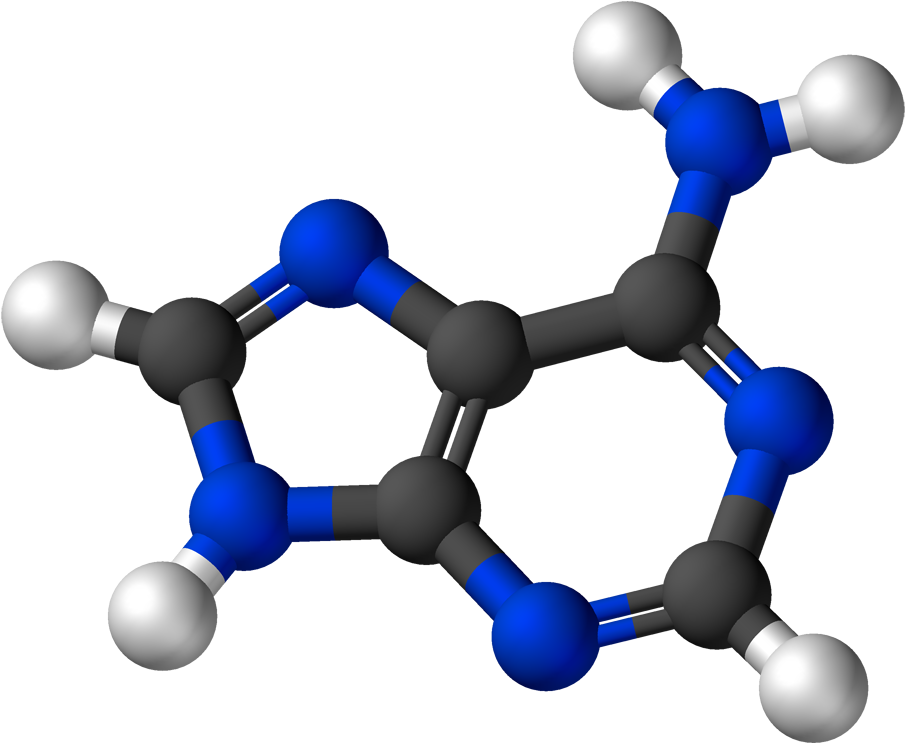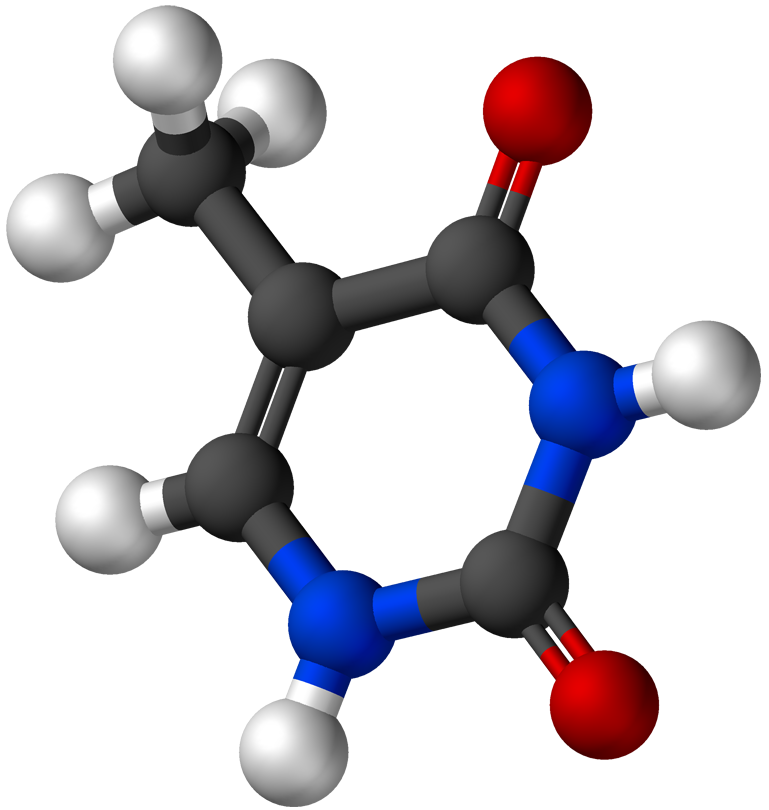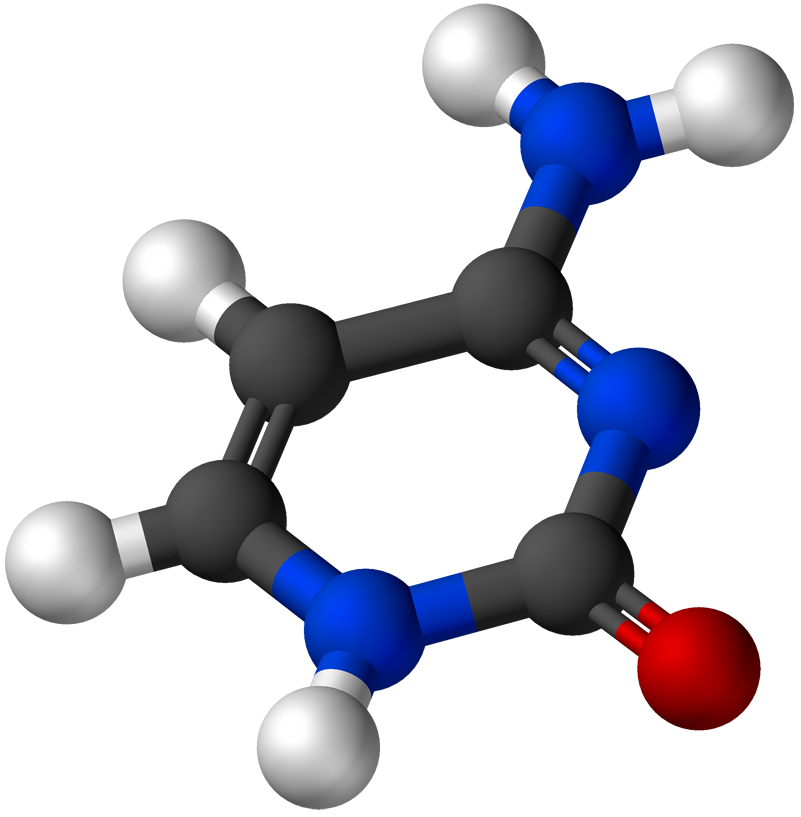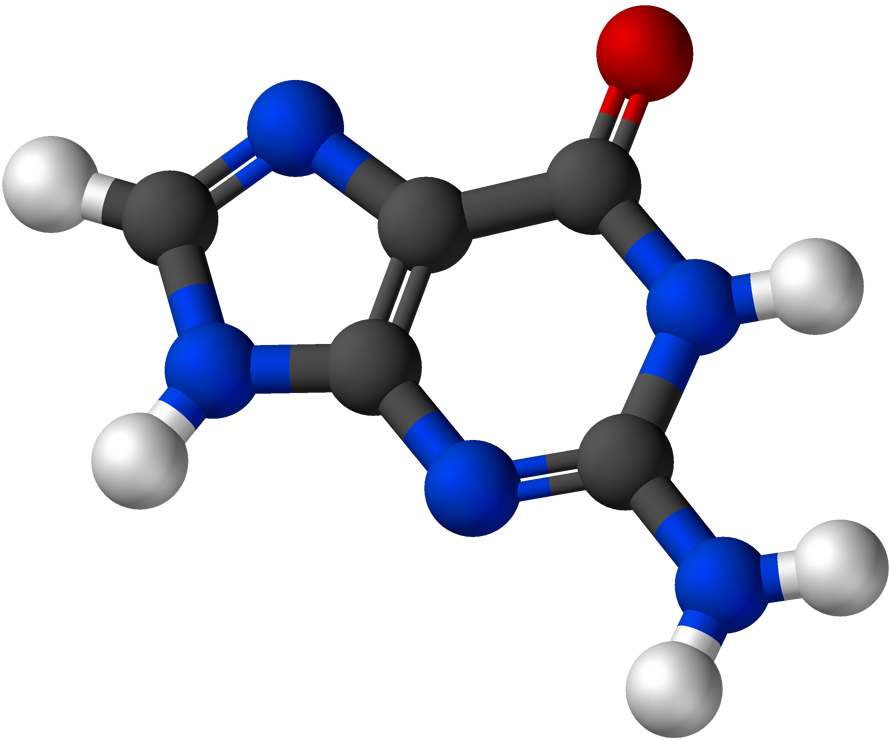








 My name is Lukasz Michal Szafron. I was born in 1981 in Katowice, Poland.
In the year 2000, I moved to Warsaw, where I obtained my master's degree in biotechnology at the
University of Warsaw in 2005. Since
2006, I have been working at the
Maria Sklodowska-Curie National Research Institute of Oncology, where I was awarded a PhD degree in 2013. Currently, I am finalizing my habilitation (Dr. Habil.) at the
same institution. In 2016, I became a specialist in laboratory medical genetics, while in 2018, I was
certified as a Clinical Laboratory Geneticist by the
European Board of Medical Genetics. My
research was recognized by the
National Science Center and the
Ministry of Science and Higher Education in
Poland, as three projects, in which I served as a leader or principal investigator, received financial
support from these governmental institutions.
My name is Lukasz Michal Szafron. I was born in 1981 in Katowice, Poland.
In the year 2000, I moved to Warsaw, where I obtained my master's degree in biotechnology at the
University of Warsaw in 2005. Since
2006, I have been working at the
Maria Sklodowska-Curie National Research Institute of Oncology, where I was awarded a PhD degree in 2013. Currently, I am finalizing my habilitation (Dr. Habil.) at the
same institution. In 2016, I became a specialist in laboratory medical genetics, while in 2018, I was
certified as a Clinical Laboratory Geneticist by the
European Board of Medical Genetics. My
research was recognized by the
National Science Center and the
Ministry of Science and Higher Education in
Poland, as three projects, in which I served as a leader or principal investigator, received financial
support from these governmental institutions.
In my scientific work, I concentrate on multi-faceted and comprehensive studies of ovarian neoplasms characterized by diverse aggressiveness, such as borderline ovarian tumors, and also low-grade and high-grade ovarian carcinomas. A wide range of techniques was used in my previous research, including not only high-throughput molecular techniques (next-generation sequencing, expression, and methylation microarrays and mass spectrometry), but also a variety of classical molecular methods, e.g, SSCP, PCR, Real-Time PCR, digital PCR, Sanger sequencing, flow cytometry, CRISPR-Cas9 technique, immunohistochemistry, FISH, immunofluorescence, immunoprecipitation, Southern blot, Western blot, and also 3' RACE and 5' RACE. In my research, I used to work on both bacteria and human cancer cell lines.
Apart from carrying out diverse in vitro and ex vivo studies, I am also an experienced bioinformatician and statistician. For my previous research activities, I developed over 10 different applications, written in R, Python, and Bash, that can be downloaded from my GitHub repositories.
One of my most interesting scientific discoveries relates to the CRNDE (Colorectal Neoplasia Differentially Expressed) gene. Lately, this oncogene has been widely investigated by a plethora of research groups in various neoplasms. The vast majority of these papers concentrate on CRNDE transcripts as for years this gene was regarded as lncRNA-coding. Of note, my research was the first one to demonstrate that the CRNDE gene may also code for a protein product that I named CRNDEP. In four subsequent papers, my research team and I managed to prove that this micropeptide is involved in cell cycle regulation, and its expression is elevated in highly proliferating tissues. Moreover, we demonstrated that high levels of two different CRNDE transcripts were a negative prognostic factor in ovarian cancer patients, as they increased the risk of death and recurrence in the group treated with taxane-platinum chemotherapy. In the third paper, we detected most of the CRNDEP sequence by mass spectrometry. Moreover, our results corroborated the oncogenic role of CRNDE, portraying it as the gene impacting carcinogenesis at the stages of DNA transcription and replication, affecting the RNA metabolism, and stimulating the cell cycle progression and proliferation, with CRNDEP being detected in the centrosomes of dividing cells. We also showed that CRNDEP is located in nucleoli and revealed interactions of this micropeptide with p54, an RNA helicase. Additionally, we proved that high CRNDE(P) expression increases the resistance of ovarian cancer cells to treatment with microtubule-targeted cytostatics. Furthermore, altered CRNDE(P) expression affected the activity of the microtubular cytoskeleton and the formation of focal adhesion plaques. Finally, our newest research on this matter assessed the clinical significance of CRNDE gene methylation, polymorphisms, and CRNDEP micropeptide expression in ovarian tumors of diverse aggressiveness. The results we obtained once again confirmed the oncogenic role of CRNDE and its protein product alike.
Last but not least, In my spare time, I like to ride a bike with my wife and go to the swimming pool or to the gym. I am also devoted to charity by helping homeless and sick animals.
Adenine; IUPAC name: 9H-Purin-6-amine

Thymine; IUPAC name: 5-Methylpyrimidine-2,4(1H,3H)-dione

Cytosine; IUPAC name: 4-Aminopyrimidin-2(1H)-one

Guanine; IUPAC name: 2-Amino-1,9-dihydro-6H-purin-6-one